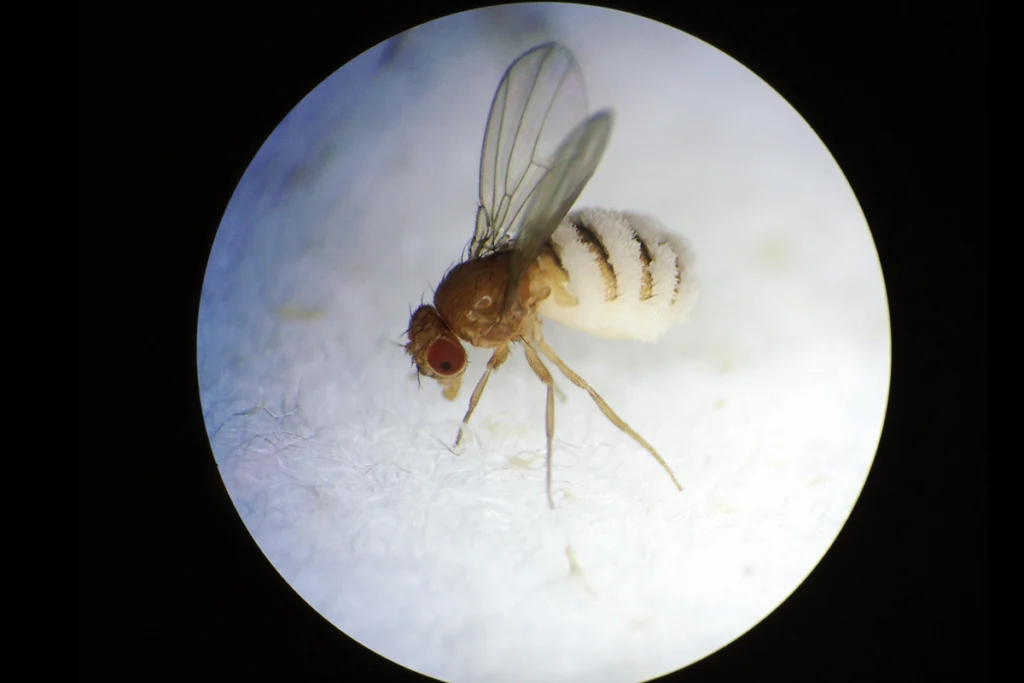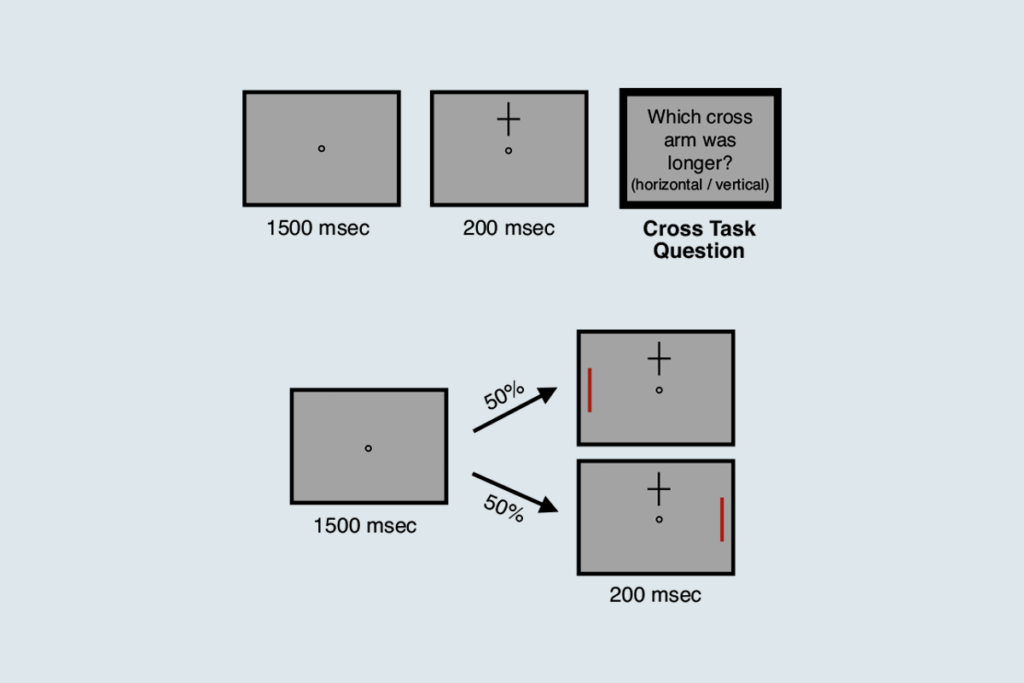The honeybee’s signature waggle dance, discovered more than 75 years ago, communicates the distance to and direction of a food source to its fellow bees. But how do follower bees interpret the dance to track down their next meal?
They align their antennae with their body’s angle to the dancer as both bees move around, according to a new study, published last month in Current Biology, that collected high-speed, high-resolution infrared videos of Scottish black bees inside a dark hive. Based on that coordination, a neural circuit in a brain region called the central complex may then generate the flight vector toward food, a model put forth in the study suggests.
“It had been a hypothesis that had been around for quite a while, that the antennae might be how they do this decoding,” says lead investigator Barbara Webb, professor of biorobotics at the University of Edinburgh. The researchers were able to see and measure the rapid changes in the angle of the antennae for the first time because they used high-frame-rate video, Webb says.
Bees use the neural circuit in question to transform their sensory perception of motion during flight—with the sun providing a compass reference and the image moving across the retina, or optic flow, serving as an odometer—into a map, logging the distance and speed they have travelled, prior modeling work suggests.
“The bees could have co-opted this neural circuit [to] do a similar transformation of the egocentric antennal information about the angle to the dancer” into the absolute direction and distance being signaled in the dance, Webb says.



